How does a pressure washer work
- By BISON
Table of Contents
You’ve tested the water. You’ve tried soap. You’ve tried scrubbing and scouring. You’ve been attempting nasty chemicals that don’t do what they say. So what do you do when it doesn’t come clean?
Roll out the pressure washer! Imagine the sheer force of a waterfall condensed into a manageable, handheld device – that’s essentially what a pressure washer is.
Many people now routinely use these pressure washer (also known as “power washers”) to clean things with jets of water at about 100-200 times the air pressure around us. (i.e., 1500-3000 pounds per square inch or psi). They’re great on patios, driveways, lawn furniture, barbecue grills, and other outdoor messes.
Do you want to know the inner workings of a pressure washer? Then you’ve come to the right place. In this blog post, BISON will explain how a pressure washer works and lots more.
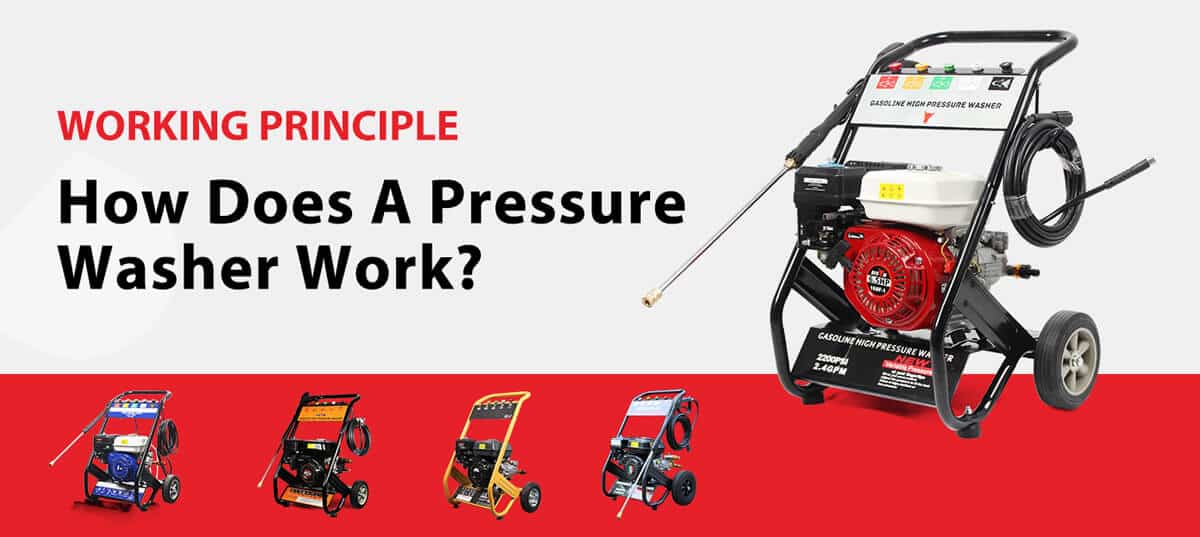
Quick answer
Pressure washing employs high-pressure water to easily remove debris, making it particularly effective for exterior cleaning. Sometimes, machines use hot water (power washing) for stains that are difficult to clean.
Power comes from a gas-powered or electric engine that powers the water pump. The water, usually provided by a garden hose, is accelerated by pump pressure. When the trigger is pulled, the water mixes with the air, turns into high-pressure water, and shoots out of the nozzle.
Parts of the pressure washer
Pressure washer is less sophisticated than it sounds. It’s just a water pump powered by an electric motor. The washer takes normal water from the faucet, and the pump pushes the water to a higher pressure and then ejects it from the hose at high speed via a trigger gun. The hose’s end can be fitted with a variety of alternative accessories for cleaning other objects.
Each of these components plays a crucial role in the operation of a pressure washer, contributing to its effectiveness and versatility as a cleaning tool. Here, then, are the main parts you’ll find inside a pressure washer:
Water-inlet
A hose connects the pressure washer to the main water supply. Typically, the input features a filter to keep dirt and other particles out of the pressure washer so it can function. That’s the last thing you want inside your pressure washer, especially since they can come out the other end at high speeds!
Electric motor or gas engine
Most pressure washers run off the household power supply, but compact gasoline engines power larger models. The engines are similar to lawn mower engines (typically, power ratings are around 3–4kW or 3.5–5.5HP).
This component powers the pump. When operating outside where the power supply is complicated (or where a lengthy trailing wire would be hazardous or difficult), gas engine types are ideal. The water pump is intended to be powered by the engine or motor.
Water pump
This is the heart of the pressure washer. It’s responsible for creating the high-pressure water spray that the tool is known for. When the pump is pulled in one direction by the engine, it sucks water from the faucet. The water is ejected in a high-pressure jet when it pulls the pump the other way. The pumps are designed to handle a flow of water about 4-8 liters (1-2 gallons) per minute.
High-pressure hose
This durable hose runs from the pressure washer to any cleaning attachment you use. An ordinary tube will not survive the high pressure of water flowing through it. The high-pressure hose has two or more layers of high-density polyethylene and wire mesh reinforcement.
Your pressure washer must use a high-pressure hose from the pump, but if your washer came with its hose, there shouldn’t be anything to worry about. Generally, the safety margin on pressure washer hoses is about 300 percent, so if the washer’s rated at 2000 psi, your hose should withstand a pressure of at least 6000 psi.
Cleaning attachment
These vary depending on the model and use of the pressure washer. Common attachments include different types of nozzles, brushes, and surface cleaners. The nozzles control the angle of the water jet, allowing you to adjust it for different cleaning tasks. The spray gun is the part you hold and aim when you’re using the pressure washer. It’s connected to the high-pressure hose and equipped with a switch or trigger for controlling the water flow. Powerful attachments are powered by the power of water flowing through them.
Additional features
Besides, some pressure washers have additional features. For example, water and electricity are not a good mix, so many electric pressure washers have ground fault circuit breakers, also known as RCDs (residual current devices), in the power supply to protect you in the event of a power failure. Some pressure washers come with a system for mixing detergent or soap with the water. This can be in the form of an onboard tank or a siphon tube that you can place directly into a container of detergent.
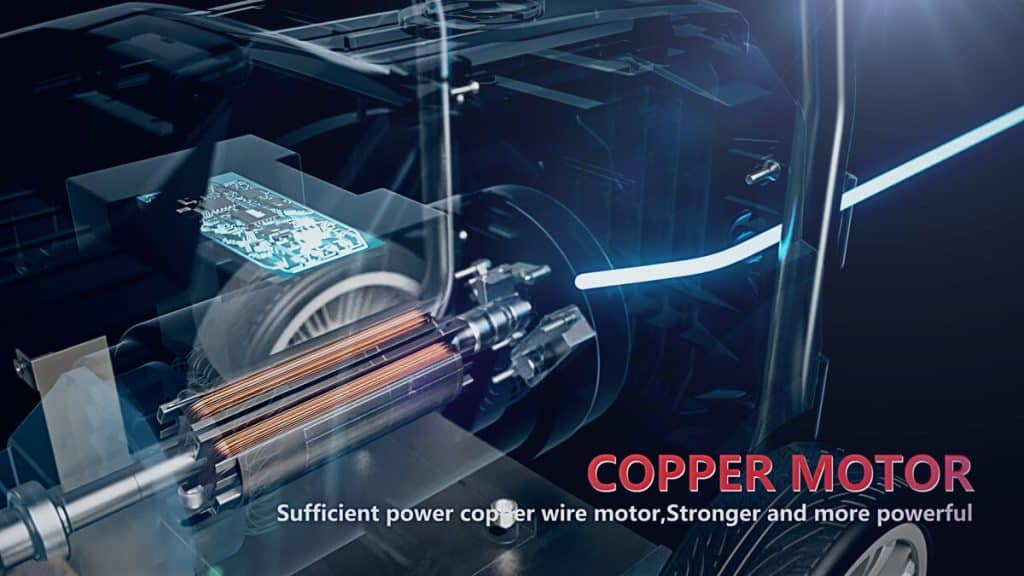
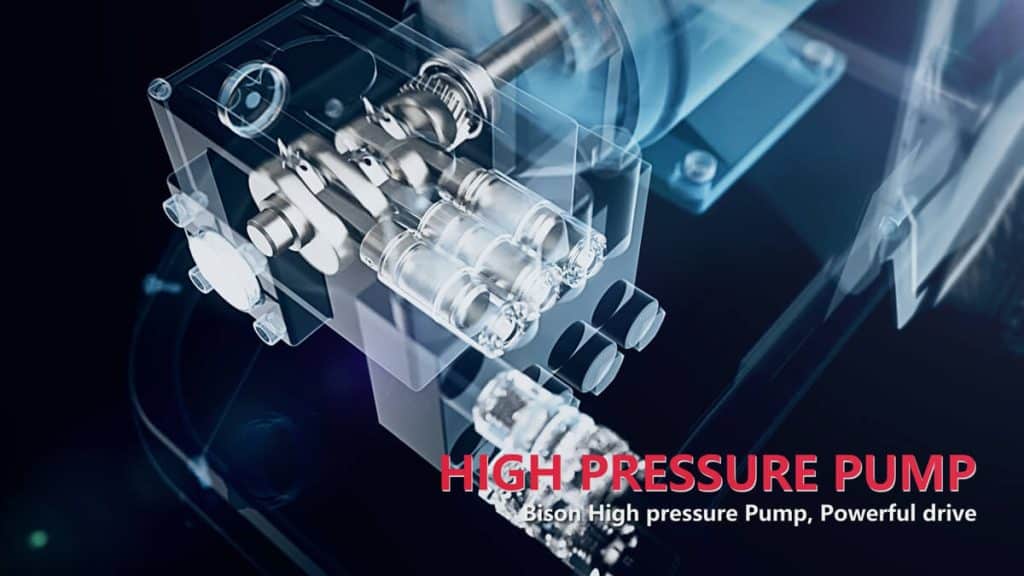
How does a pressure washer work?
let’s delve deeper into the working principle of a pressure washer
Motor/Engine and pump interaction: The pressure washer is propelled by an electric motor or small engine. When you start the pressure washer, the motor/engine comes alive, providing the mechanical energy required to drive the pump. This causes the pump’s pistons or plungers to move back and forth, creating a powerful suction and compression cycle.
Pump’s pole in pressure generation: During the suction phase, water is drawn into the pump from your garden hose connected to the water inlet and is filtered along the way. As the pistons/plungers move forward in the compression phase, they force the water out under high pressure, transforming your typical household water supply into a powerful jet.
High-pressure delivery: The pressurized water leaves the pump and travels along the high-pressure hose. This hose is specially designed to withstand the intense pressure generated by the pump.
Trigger gun’s control: At the end of the hose is the trigger gun, which allows you to control the water flow. When you squeeze the trigger, it opens a valve, and the pressurized water is released through the nozzle at the end of the wand.
Enhanced cleaning with accessories: The cleaning power of the pressure washer can be adjusted and enhanced using different cleaning accessories. For instance, changing the nozzle can alter the angle and intensity of the water spray, allowing for greater precision and versatility in your cleaning tasks. Detergent enters through a hose from a bottle or container.
Conclusion
In this article, we’ve delved into the fascinating world of pressure washers, exploring their key components and how they work together to deliver powerful cleaning action.
As a leading manufacturer of high-pressure cleaning machines, BISON offer a wide range of products that cater to various cleaning needs. Each of our pressure washer models is a testament to our commitment to quality, durability, and performance. Our extensive product range is available for viewing on our website.
Moreover, BISON offer customized services, allowing us to tailor our machines to your specific requirements. Our team of experts is always ready to assist, ensuring that you get a machine that perfectly fits your needs. Now, explore our product range or learn more about our factory’s customized services.
FAQs about working principle of pressure washer
Do pressure washers work in the rain?
Power washing is possible in the rain. However, don’t just jump into it. Safety precautions need to be taken, the equipment you use needs to be maintained in a certain way and approved for use in the rain, and you need to know how to handle yourself throughout the process. Be protected.
How do pressure washers build pressure?
The force behind this pressure comes from a fuel-driven engine, an electric motor, or a water pump driven by pneumatic (air) pressure. After turning on the pressure washer, water flows into the pump and is pushed through a high-pressure line to the spray gun.
Do pressure washers need a hose?
Every pressure washer’s electric motor, which powers the pump mechanism, is its brain. For pumps to work properly, they need water, which is supplied, for example, by a garden hose.
Most Popular Posts
QUESTIONS?
CONTACT US TODAY.
buy?
Related Posts
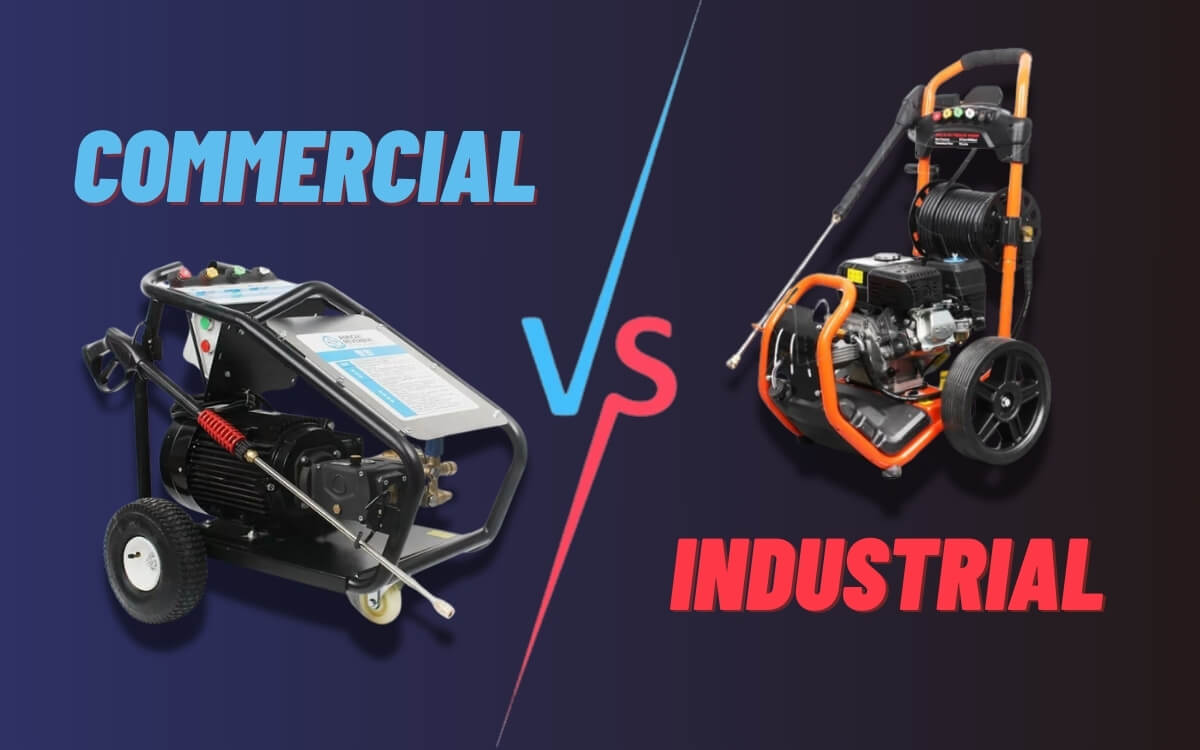
difference between commercial and industrial pressure washers
This article compares the key differences between commercial and industrial pressure washers to help you choose the best option for your unique needs.
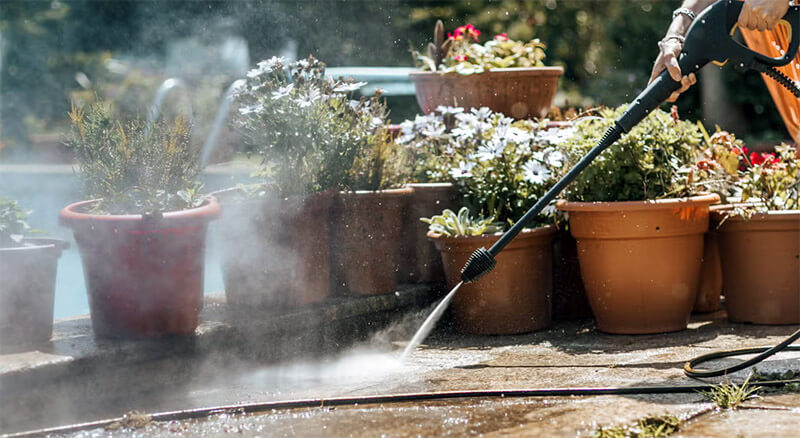
How to clean your garden patio using a pressure washer
This guide by BISON will walk you through each step to clean your garden patio with a pressure washer.

use pressure washer to clean gutters
BISON will explore whether using a pressure washer to clean your gutters is effective, safe, and practical.
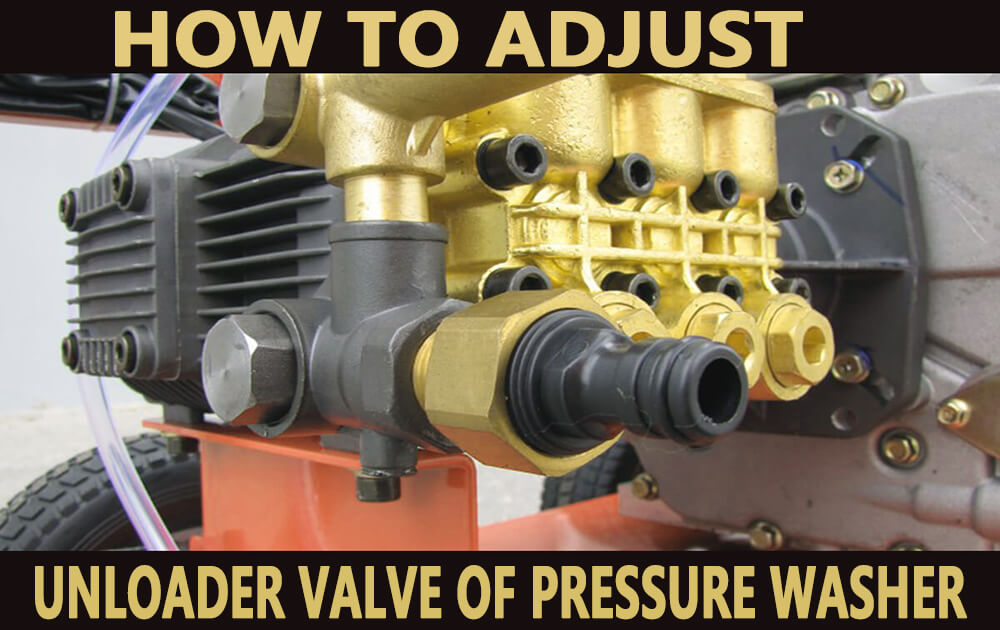
how to set the unloader valve of pressure washer
This blog is designed to guide you through the process of setting unloader valve on pressure washer.
Related Products
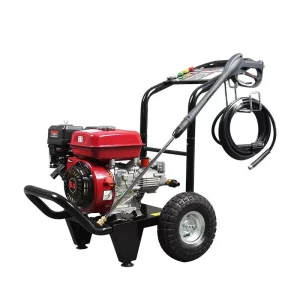
High Pressure Steam Cleaner
How does steam cleaning work? The high pressure steam cleaner produces high pressure steam to
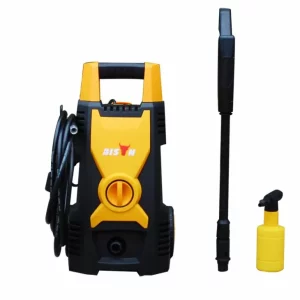
Hot Water Power Washer
This hot water power washer has high power all copper induction motor, which can wash
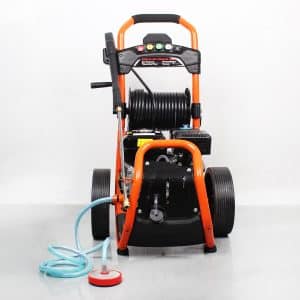
Water Pressure Cleaner
Overview Quick Details Machine Type: High Pressure Cleaner Condition: New Place of Origin: Zhejiang, China
.png)
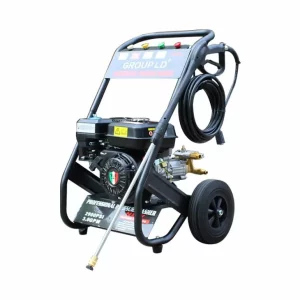
-qbpqbzxxvtguiuwezisu6wo6j1i29b4m1el1ir1u8o.png)

